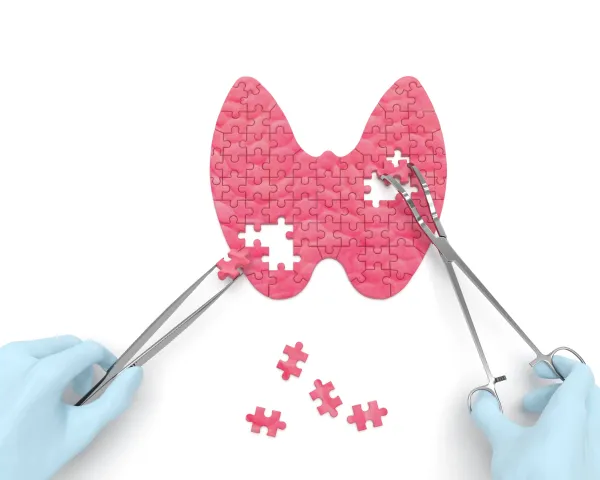Otolaryngology Coding Alert
CPT® Coding:
Let 5 Tips Clarify Correct Coding for Post-Op Debridement
Published on Tue Jun 13, 2023

You’ve reached your limit of free articles. Already a subscriber? Log in.
Not a subscriber? Subscribe today to continue reading this article. Plus, you’ll get:
- Simple explanations of current healthcare regulations and payer programs
- Real-world reporting scenarios solved by our expert coders
- Industry news, such as MAC and RAC activities, the OIG Work Plan, and CERT reports
- Instant access to every article ever published in Revenue Cycle Insider
- 6 annual AAPC-approved CEUs
- The latest updates for CPT®, ICD-10-CM, HCPCS Level II, NCCI edits, modifiers, compliance, technology, practice management, and more
Related Articles
Other Articles in this issue of
Otolaryngology Coding Alert
- CPT® Coding:
Let 5 Tips Clarify Correct Coding for Post-Op Debridement
Find out when it’s appropriate to report 31237 when performed post-surgically. Getting reimbursed properly for [...] - Mythbusters:
Avoid Seasonal Allergy Reporting Pitfalls With These Suggestions
Bust these three myths to boost your rhinitis coding savvy. As we make our way [...] - E/M Coding:
Pay Attention to Digital E/M Code Particulars
Remember to review the fine print, as payer policy requirements may differ. The growth in [...] - You Be the Coder:
Work Out Which Codes This Claim Should Include
Question: After a septoplasty for a deviated septum, turbinectomy via excision for hypertrophy, total ethmoidectomy for [...] - Reader Questions:
Find Advice on Reporting the Right Allergic Rhinitis Code
Question: The otolaryngologist diagnosed a patient with persistent allergic rhinitis. They have been in several times, [...] - Reader Questions:
Encounter Cumulative Service Time Components for E-Visits
Question: When our otolaryngologists perform online digital E/M services (99421-99423) services, what activities count toward cumulative [...] - Reader Questions:
Rejoice! Cigna’s Modifier 25 Policy Implementation Postponed Again
Question: I heard Cigna now requires the submission of documentation via email or fax to support [...]
View All




